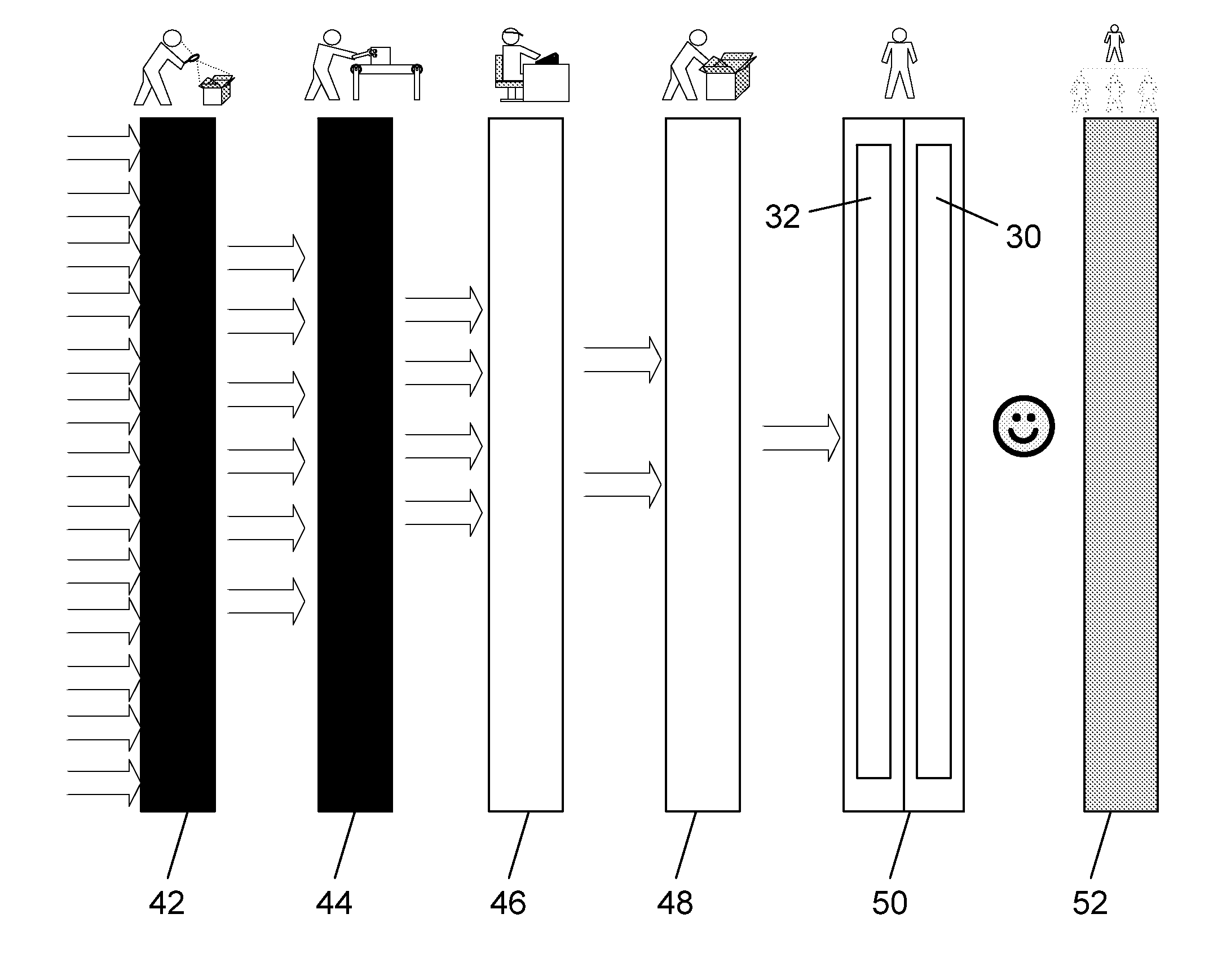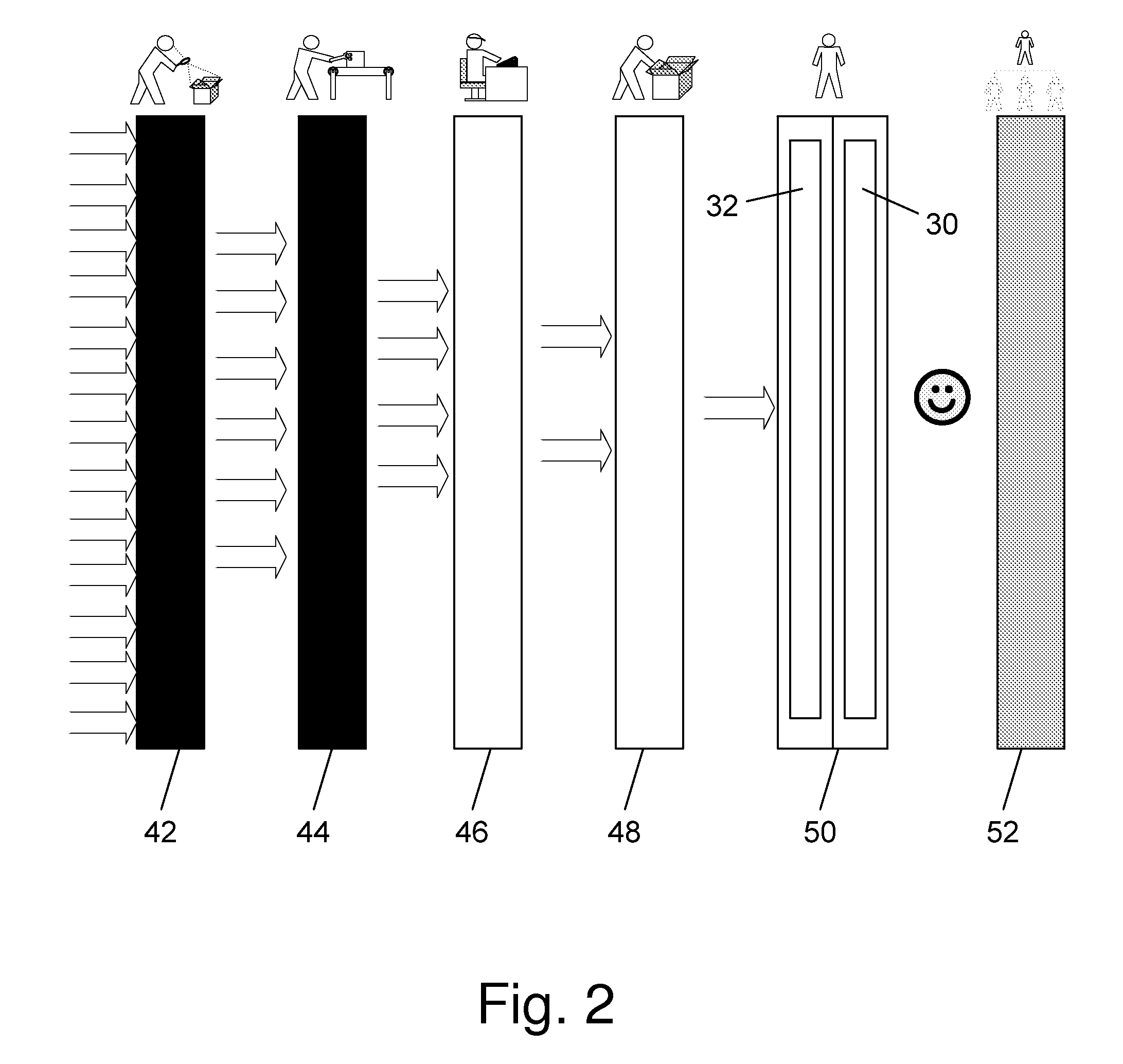System that provides early detection, alert, and response to electronic threats
a technology of electronic threats and systems, applied in the field of network security, can solve the problems of complex sharing of information on intrusion activity between networks, difficult basic problems, and long-term vulnerabilities, and achieve the effect of confirming the identity of new ethreats
- Summary
- Abstract
- Description
- Claims
- Application Information
AI Technical Summary
Benefits of technology
Problems solved by technology
Method used
Image
Examples
Embodiment Construction
[0052]The invention is a computer system that provides multi-layered early detection alert and response to electronic threats in large wide area networks. The system of the invention harnesses the processing power of dedicated hardware, specialized servers, distributed personal computers connected to the network, and the human brain to provide multi-layered early detection, alarm and response to eThreats.
[0053]Generally speaking there are two types of eThreats:[0054]Known eThreats for which the components of the system of the invention have already acquired a distinct signature; and[0055]Unknown (New) eThreats which the components of the system of the invention have yet to encounter and classify, and for which the system needs to generate a distinct signature.
[0056]Known eThreats are identified and blocked in real-time, using lightweight dedicated hardware devices capable of detecting eThreat signatures at a rate of multi-Gigabits / sec. All of the network service provider (NSP) custo...
PUM
 Login to View More
Login to View More Abstract
Description
Claims
Application Information
 Login to View More
Login to View More - R&D
- Intellectual Property
- Life Sciences
- Materials
- Tech Scout
- Unparalleled Data Quality
- Higher Quality Content
- 60% Fewer Hallucinations
Browse by: Latest US Patents, China's latest patents, Technical Efficacy Thesaurus, Application Domain, Technology Topic, Popular Technical Reports.
© 2025 PatSnap. All rights reserved.Legal|Privacy policy|Modern Slavery Act Transparency Statement|Sitemap|About US| Contact US: help@patsnap.com



